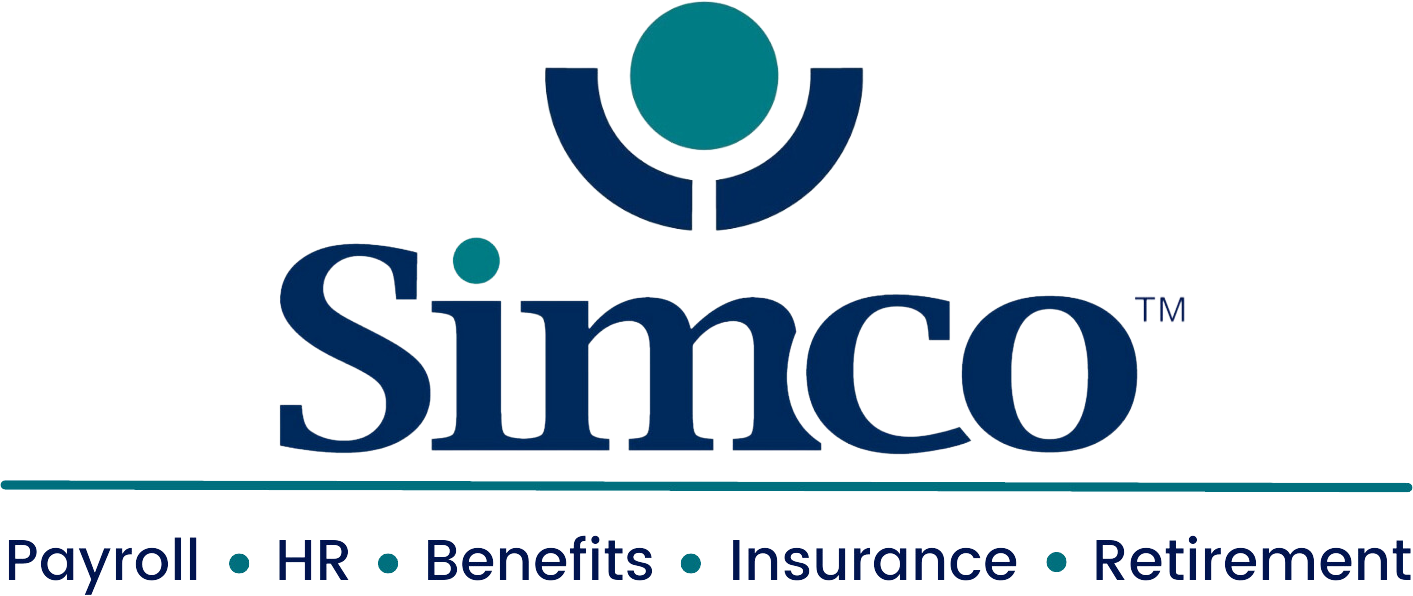
Many employees need help with open enrollment. This is particularly true among younger workers, who typically have less experience selecting benefits than older generations that have been in the workforce longer. A study by insurance and employee benefits provider MetLife found that 26% of Generation Z (Gen Z) employees are insecure about making benefits decisions.
Employers who successfully educate young employees about open enrollment are likely to find that workers are more satisfied with their benefits packages, make better financial decisions and are more likely to recommend their organization to other people. Such positive outcomes can significantly influence an organization’s overall financial performance.
To this end, employers can implement several strategies for educating young employees to help them navigate open enrollment.
Educating Young Employees
Clear communication is crucial to ensure workers understand the open enrollment process and the benefits they’re signing up for. Employers should consider the following strategies for educating younger employees on open enrollment:
- Prioritize internal communications. Young employees may be unfamiliar with the open enrollment process. Inform employees about the upcoming open enrollment through multiple channels (e.g., emails, flyers and meetings). Ensure every employee knows when open enrollment begins, the last day to complete enrollment and the consequences of failing to enroll in time.
- Create multiple avenues for communication. Ensure young workers know how to ask questions about open enrollment and feel comfortable speaking to HR and their managers about the upcoming enrollment. Encourage these employees to discuss their benefits plans with their friends, family and more experienced coworkers.
- Provide educational resources. Give workers the information they need to make informed benefits decisions during open enrollment. To target young workers, employers should provide digital resources such as online webinars, videos, social media posts and articles.
- Explain benefits options. Employees are likely to think primarily of health insurance during open enrollment and may overlook voluntary benefits that could be useful to them. Employers should provide information about employee benefits choices (e.g., pet insurance, student loan repayment assistance and employee assistance programs) so that young employees don’t forgo benefits they may want later in the year.
- Cater to employee needs. Young generations of workers have different benefits needs than older generations. For example, they’re more likely to prioritize mental health resources and student loan assistance over life insurance or financial planning for retirement. Employers should capitalize on the wants and needs of younger generations to educate them on benefits they care about.
- Encourage young employees to take their time. Rushing through open enrollment can cause workers to forgo crucial benefits. This is especially true of young workers, who may feel stressed or unsure of the open enrollment process. Give employees ample time to research and select their benefits and encourage them to ask questions.
- Communicate all year round. Benefits education should be more than a flurry of activity during the open enrollment window. Employers should provide employees with the resources they need to understand and maximize their benefits all year round, highlighting the direct financial impact benefits decisions can have on employees. This can help young workers understand the importance of open enrollment and the impact that rushing through the process can have on their financial well-being, increasing the likelihood that they’ll make informed benefits decisions when the time comes.
Conclusion
Open enrollment can be a nerve-wracking period for all employees. The stress of selecting benefits is often most keenly felt by younger workers with less experience selecting benefits. Employers can use open enrollment as an opportunity to increase communication and trust with young workers by educating them on the process and their benefits choices. This may increase younger generations’ satisfaction with their benefits packages and jobs, improving organizations’ employee attraction and retention and ultimately their bottom lines.
Contact us today for more information.
Sign up for our newsletter.




